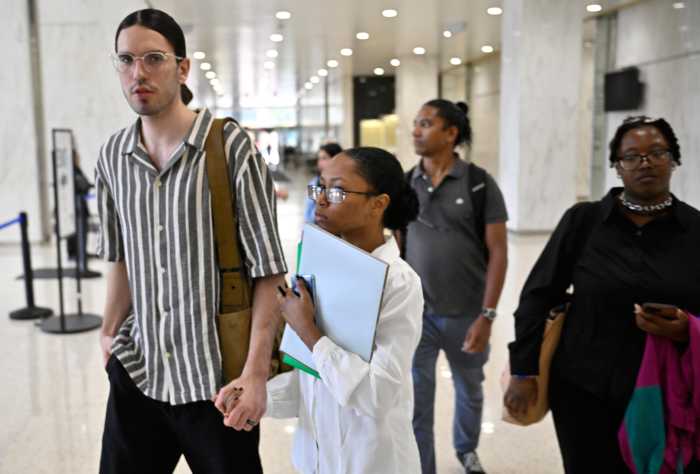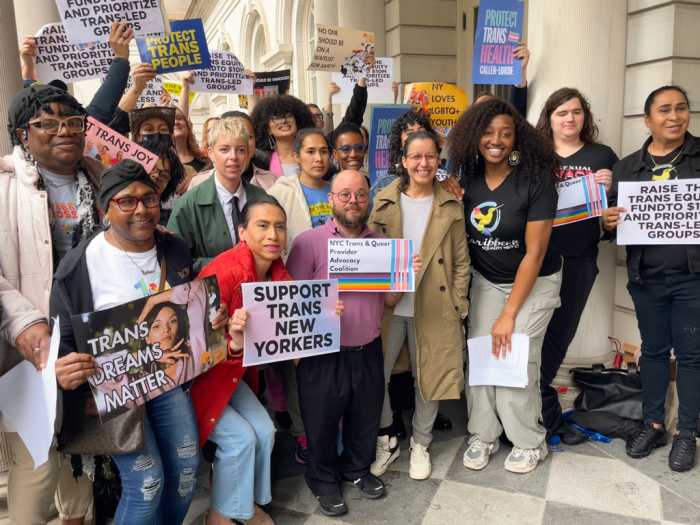The ‘jewel of the sea’, oysters, are in short supply in the borough’s waters and it’s effecting Long Island Sound’s water quality, studies show.
Assemblyman Michael Benedetto has proposed a bill that would turn this marine challenge into a ‘shell of its former self’ on Friday, September 27.
Benedetto introduced legislation that would establish an oyster shell buyback program which would reimburse participating New York seafood restaurants ten cents for every pound of recycled shells set aside for the program, maxing out at $1,000 per business.
The recycled oyster and clam shells would then be placed back into shallow water where they would constitute a shell reef that oyster larvae could adhere to and develop into oyster clusters; as of date, the empty shells end up in landfills.
“Why waste what could make a tremendous environmental impact?” Benedetto said.
By revitalizing oyster populations our environment will be equally improved, he noted.
Oysters filter harmful nitrogen from salt water, while emitting oxygen and other helpful agents that keep water sources clean, which the Bronx are struggling to handle.
“We have failing water grades as it, is,” Benedetto said, noting that his initiative comes at no cost to participating restaurants and that one oyster filters 50 gallons of water per day.
“One cubic foot of oysters would filter 2,000 gallons of water per day. Imagine what they it could do to for the Bronx shoreline,” Benedetto said mentioning his interest in expanding the program to Throggs Neck in addition to other sections of the borough and the city.
“We are trying to encourage marine life growth,” he said during the press conference set in a parking lot a few feet from the City Island waterfront.
Benedetto announced that he’s set aside a $2,000 NYS grant to jumpstart the City Island Oyster project.
Showing their support for the legislation were representatives of the City Island Nautical Museum, restaurant owners and Captain Mike Carew of Mike’s Diving School as well as the oyster project.
This project was inspired by a larger bivalve initiative in Manhattan called the Billion Oyster Project, which follows a similar buy back and re-release procedure.
The micro level version on City Island would create a sea corridor for fish migration that would bend around the east Bronx shoreline headed in the direction of Throggs Neck.
“It would also help a great deal with storm surge and flooding,” said City Island Civic Association vice president, Barbara Dolensek.
She shared with the press conference attendees that City Island had a long rich history of harvesting oysters in the eightieth and 19th centuries, explaining that collecting oysters was once a primary trade on the island.
“This program is just about re-growing the population, these oysters aren’t for consumption,” she explained.
“Though, if things go according to plan and the waters do become cleaner, then we could be harvesting our own oysters for City Island way down the road,” Dolensek continued.
The bill is expected to garner bipartisanship in Albany next session, Benedetto said. He sees it passing through with ease and getting approval by May of next year.


















